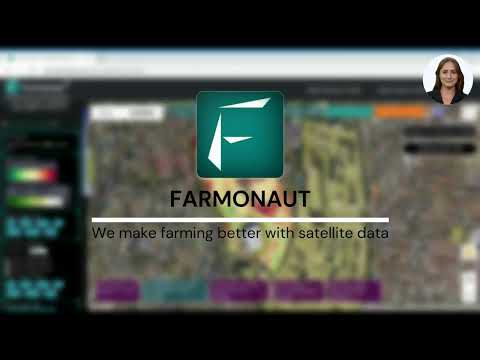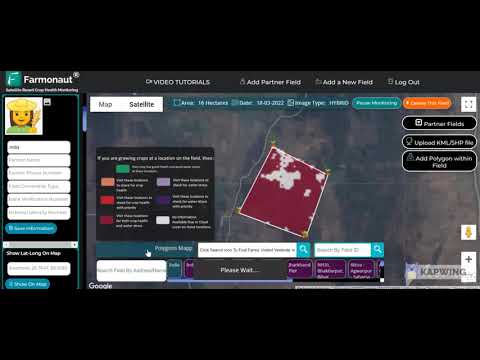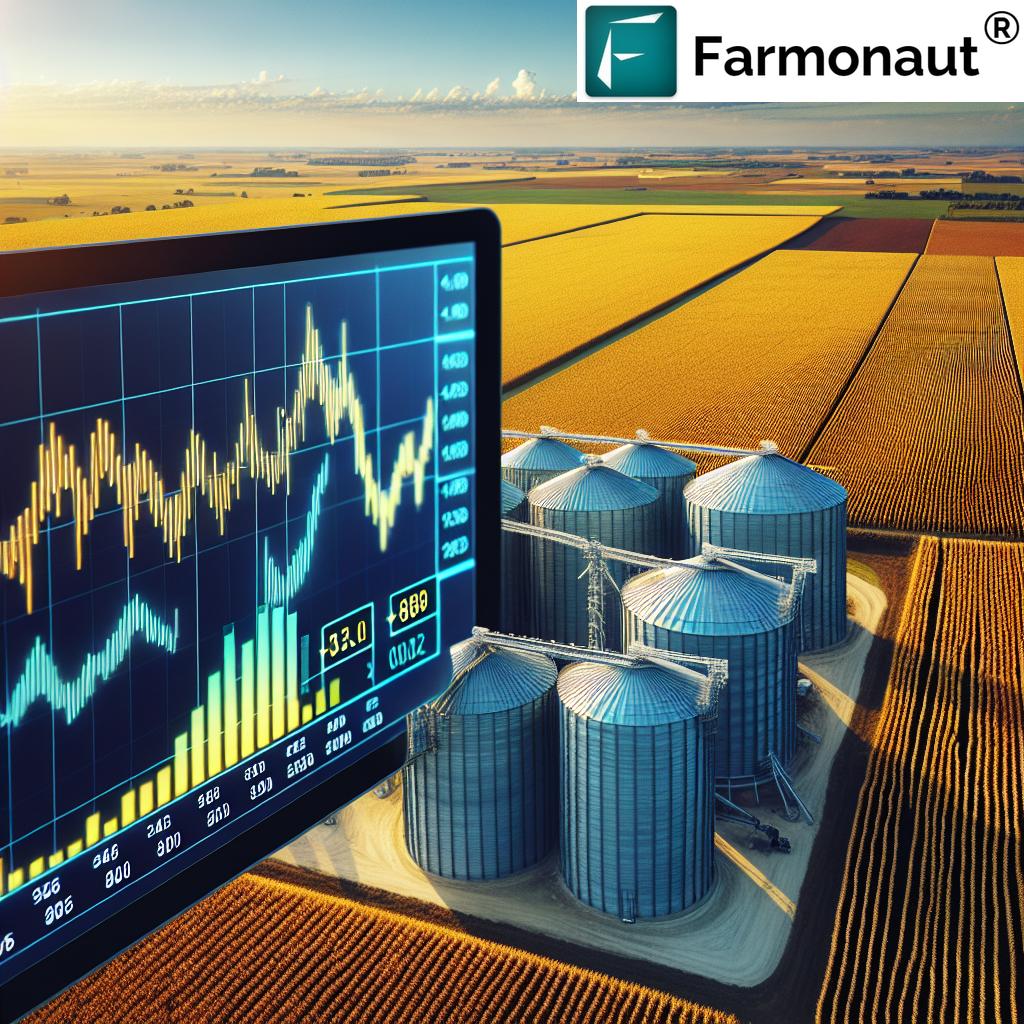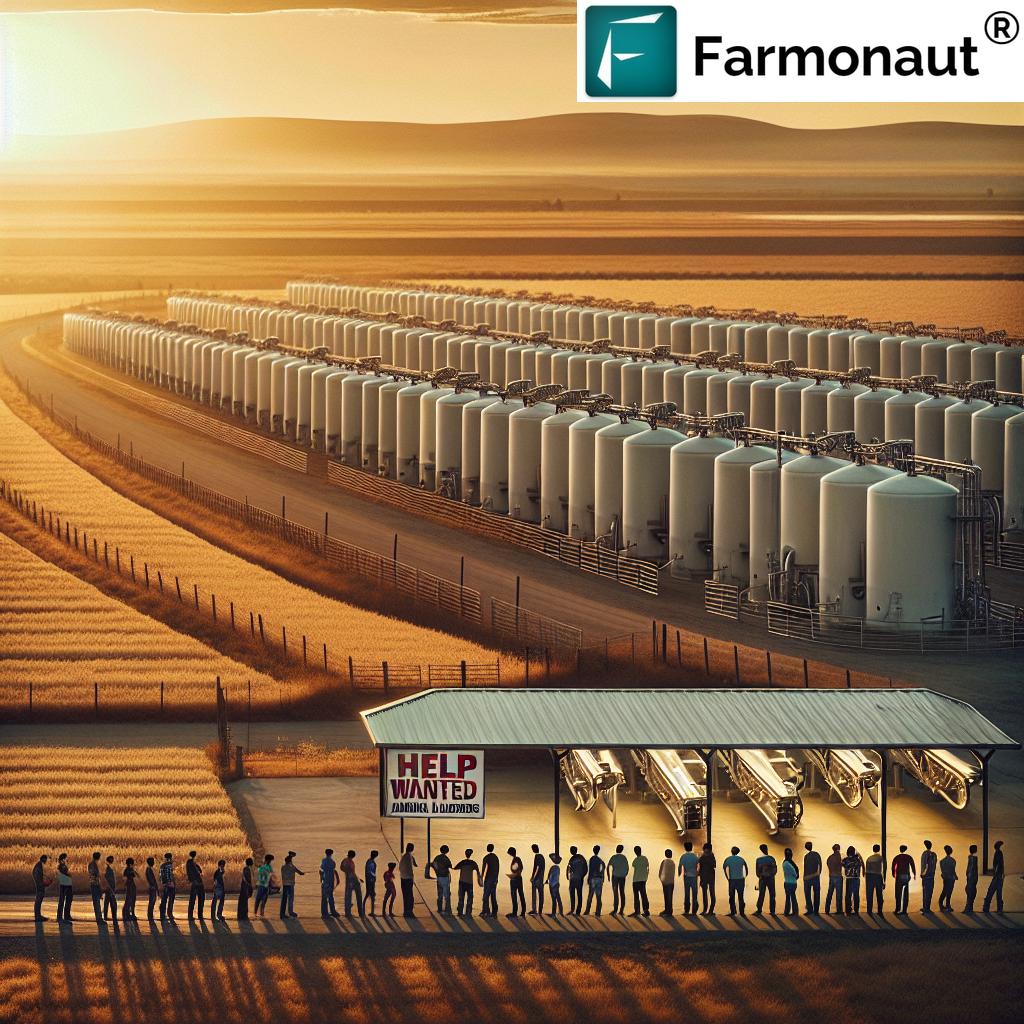Eco-Friendly Easter: Discover How Yakima’s Potato Farmers Are Revolutionizing Holiday Traditions
As we approach another Easter season, families across the nation are looking for creative and cost-effective ways to celebrate. This year, we’re excited to introduce you to a revolutionary trend that’s taking root in Yakima, Washington: potato dyeing for Easter. This eco-friendly alternative to traditional egg decorating is not only budget-friendly but also showcases the ingenuity of our local potato farmers. Join us as we explore how this humble vegetable is transforming holiday traditions and learn about the fascinating world of potato farming in the process.

“Washington and Idaho produce over 50% of US potatoes, with Yakima Valley contributing significantly to this output.”
The Rise of Potato Dyeing: A Cost-Effective Easter Tradition
In recent years, the cost of eggs has skyrocketed, with the U.S. Bureau of Labor Statistics reporting average prices exceeding $6.20 for a dozen large eggs. In contrast, white potatoes remain affordable at less than 90 cents per pound. This significant price difference has led many families to seek alternatives for their Easter celebrations, and potatoes have emerged as an unexpected hero.
Potato dyeing for Easter offers several advantages over traditional egg decorating:
- Cost-effectiveness: Potatoes are significantly cheaper than eggs, allowing families to decorate more for less.
- Durability: Potatoes provide a sturdier canvas for decorating, reducing the risk of breakage during handling.
- Versatility: Once the celebrations are over, dyed potatoes can be used in various recipes, reducing food waste.
- Allergy-friendly: For families with egg allergies, potatoes offer a safe alternative for Easter activities.
Yakima’s Potato Farming: The Perfect Conditions for Easter’s New Star
Yakima, Washington, along with neighboring Idaho, forms the heart of potato country in the United States. The unique climate and soil conditions in these regions make them ideal for potato farming, contributing to the abundance and quality of potatoes available for our new Easter tradition.
Climate Considerations: Potatoes thrive in cooler temperatures, making Yakima’s climate perfect for cultivation. The ideal conditions include:
- Nighttime temperatures in the 50s and 60s Fahrenheit
- Daytime highs below 80 degrees Fahrenheit
- Well-drained soil to prevent decay and promote healthy sprouting
“Potatoes grow best in soil temperatures between 60-70°F, making spring ideal for planting in many regions.”
These specific climate requirements highlight the importance of precision agriculture in potato farming. Farmers need to closely monitor soil conditions and temperatures to ensure optimal growth. This is where innovative technologies like those offered by Farmonaut come into play. Their satellite-based crop health monitoring system provides real-time data on soil moisture levels and vegetation health, helping farmers make informed decisions about irrigation and crop management.
The Art of Potato Dyeing: A Step-by-Step Guide
Decorating potatoes for Easter is a simple process that closely mirrors traditional egg dyeing. Here’s how you can get started:
- Select your potatoes: Choose firm, smooth-skinned potatoes for the best results. The Washington State Potato Commission recommends Reds, Yellows, and Russets as great varieties for decorating.
- Clean the potatoes: Wash and thoroughly dry your potatoes. Some may require gentle scrubbing to remove dirt or small sprouts.
- Prepare your dyes: Mix food coloring with water in bowls or plastic bags.
- Dye the potatoes: Submerge the potatoes in the dye for 5-10 minutes, depending on the desired color intensity.
- Dry and decorate: Remove the potatoes from the dye and let them dry. Once dry, you can add additional decorations like stickers or paint.
Remember, unlike eggs, potatoes can be reused in recipes after the Easter celebrations, making this a truly sustainable option.

Potato Varieties: Choosing the Perfect Canvas for Your Easter Art
Not all potatoes are created equal when it comes to dyeing. Let’s explore some of the best varieties for your Easter decorations:
| Potato Variety | Skin Color | Dyeing Potential | Cooking Use After Dyeing |
|---|---|---|---|
| Russet | Brown | Excellent | Baking, Frying |
| Red | Red | Good | Roasting, Salads |
| Yukon Gold | Yellow | Very Good | Mashing, Roasting |
| Fingerling | Various | Fair | Roasting, Salads |
This table showcases how different potato varieties can be used for Easter dyeing and subsequent cooking, emphasizing the sustainability aspect of this new tradition.
The Science Behind Potato Farming: From Soil to Celebration
Understanding the intricacies of potato farming helps us appreciate the journey from field to Easter basket. Potato farming is a year-round effort, with most harvests occurring between July and October. The process involves several key stages:
- Soil Preparation: Farmers must ensure the soil is well-drained and rich in organic matter. Potatoes prefer slightly acidic soil with a pH between 5.0 and 7.0.
- Planting: Seed potatoes are planted in rows, typically in early spring when soil temperatures reach about 45°F.
- Growth and Care: Throughout the growing season, farmers must manage irrigation, fertilization, and pest control. This is where precision agriculture tools become invaluable.
- Harvest: Potatoes are typically ready for harvest when the plant’s foliage begins to die back, usually 70-120 days after planting, depending on the variety.
For large-scale potato farming operations, efficient management is crucial. Farmonaut’s large-scale farm management solutions can be particularly beneficial, offering real-time insights into crop health, weather patterns, and resource allocation across vast agricultural lands.
Sustainability in Potato Farming: A Green Revolution
As we embrace potatoes as an eco-friendly Easter alternative, it’s important to consider the sustainability of potato farming itself. Modern potato farmers are increasingly adopting sustainable practices to reduce their environmental impact:
- Water Conservation: Efficient irrigation systems and soil moisture monitoring help reduce water usage.
- Integrated Pest Management: This approach minimizes the use of chemical pesticides by employing natural predators and resistant plant varieties.
- Crop Rotation: Rotating potato crops with other plants helps maintain soil health and reduce pest problems.
- Precision Agriculture: Technologies like those offered by Farmonaut help farmers optimize resource use and reduce waste.
For farmers looking to quantify and improve their environmental impact, Farmonaut’s carbon footprinting tools can be invaluable. These solutions help track emissions and identify areas for improvement, contributing to more sustainable farming practices.
From Farm to Table: The Journey of Easter Potatoes
The path of potatoes from Yakima’s farms to Easter celebrations across the country is a testament to efficient agricultural practices and supply chain management. Here’s a glimpse into this journey:
- Harvest: Potatoes are carefully harvested to minimize damage.
- Sorting and Grading: Potatoes are sorted by size and quality.
- Storage: Proper storage facilities maintain ideal temperature and humidity levels to preserve freshness.
- Distribution: Potatoes are transported to markets and stores across the country.
- Retail: Consumers purchase potatoes for their Easter celebrations.
Ensuring the traceability of potatoes from farm to table is becoming increasingly important for consumers. Farmonaut’s blockchain-based traceability solutions can help potato farmers and distributors provide transparent information about the origin and journey of their products, building consumer trust and enhancing food safety.
The Economic Impact of Potato Farming in Yakima
Potato farming plays a significant role in Yakima’s economy, providing jobs and contributing to the region’s agricultural output. The shift towards using potatoes for Easter celebrations could potentially increase demand, benefiting local farmers. However, it’s crucial to maintain a balance to ensure sustainable growth in the industry.
For potato farmers looking to secure financing or insurance for their crops, Farmonaut’s crop loan and insurance verification services can be particularly helpful. These tools use satellite imagery to verify crop health and yield estimates, streamlining the process of obtaining financial support for farming operations.
Innovating Tradition: The Future of Easter Celebrations
As we look to the future, the trend of potato dyeing for Easter represents more than just a cost-effective alternative. It symbolizes a shift towards more sustainable and creative holiday traditions. This innovation aligns with growing consumer awareness about environmental issues and the desire for more eco-friendly celebrations.
We can expect to see further developments in this area, such as:
- Specialized potato varieties bred specifically for dyeing
- Eco-friendly, plant-based dyes for potato decorating
- Community events centered around potato dyeing and sustainable Easter practices
- Educational programs highlighting the connection between agriculture and holiday traditions
Embracing Technology in Potato Farming
As we celebrate this new Easter tradition, it’s worth noting the role of technology in modern potato farming. Precision agriculture tools, like those offered by Farmonaut, are revolutionizing how farmers manage their crops. These technologies provide:
- Real-time crop health monitoring
- Weather forecasting for better planning
- Resource management tools for optimal irrigation and fertilization
- AI-driven advisory systems for pest and disease management
By leveraging these advanced tools, potato farmers can increase yields, reduce waste, and ensure a steady supply of high-quality potatoes for both traditional uses and new applications like Easter decorating.
Community Engagement and Education
As potato dyeing for Easter gains popularity, it presents an excellent opportunity for community engagement and education. Local farmers, schools, and community centers can organize events to:
- Teach children about potato farming and sustainable agriculture
- Host potato dyeing workshops and competitions
- Organize farm tours to showcase modern farming practices
- Create recipe exchanges for using dyed potatoes after Easter
These activities not only foster a sense of community but also help bridge the gap between consumers and food producers, promoting a greater understanding of agriculture’s role in our daily lives.
The Global Perspective: Potato Farming Around the World
While we focus on Yakima’s potato farming, it’s interesting to consider how this crop is grown and used worldwide. Potatoes are the fourth largest food crop globally, following rice, wheat, and corn. Different regions have unique approaches to potato cultivation, influenced by climate, soil conditions, and cultural preferences.
For those interested in exploring global agricultural trends, Farmonaut’s satellite-based monitoring systems can provide valuable insights into crop patterns and health across different regions. This global perspective can be particularly useful for researchers, policymakers, and international agricultural organizations working on food security and sustainable farming practices.
Conclusion: A New Tradition Rooted in Sustainability
As we embrace potato dyeing for Easter, we’re not just adopting a cost-effective alternative to eggs. We’re participating in a broader movement towards more sustainable and mindful holiday celebrations. This new tradition highlights the versatility of potatoes, the innovation of Yakima’s farmers, and the potential for reimagining longstanding customs in eco-friendly ways.
By choosing potatoes for our Easter decorations, we support local agriculture, reduce waste, and create lasting memories with a unique twist on a beloved holiday activity. As we look to the future, the combination of traditional farming wisdom and cutting-edge agricultural technology promises to keep this new tradition growing strong for years to come.
FAQs
- Are dyed potatoes safe to eat?
Yes, as long as you use food-safe dyes, dyed potatoes are perfectly safe to consume after the celebrations. - How long do dyed potatoes last?
Dyed potatoes can last for several weeks if stored in a cool, dark place. However, for best quality, use them within a week of dyeing. - Can I use organic potatoes for dyeing?
Absolutely! Organic potatoes work just as well for dyeing and offer an even more eco-friendly option. - What’s the best way to display dyed potatoes?
You can display them in baskets, create centerpieces, or even hide them for Easter hunts, just like you would with eggs. - How does potato dyeing compare to egg dyeing in terms of environmental impact?
Potato dyeing generally has a lower environmental impact as it reduces food waste (since potatoes can be eaten after use) and doesn’t involve the intensive resources required for egg production.
Embrace this eco-friendly Easter tradition and discover the joy of potato dyeing. Not only will you be creating beautiful decorations, but you’ll also be supporting sustainable agriculture and innovative farming practices. Happy Easter!
Earn With Farmonaut: Affiliate Program
Earn 20% recurring commission with Farmonaut’s affiliate program by sharing your promo code and helping farmers save 10%. Onboard 10 Elite farmers monthly to earn a minimum of $148,000 annually—start now and grow your income!
Farmonaut Subscriptions





















